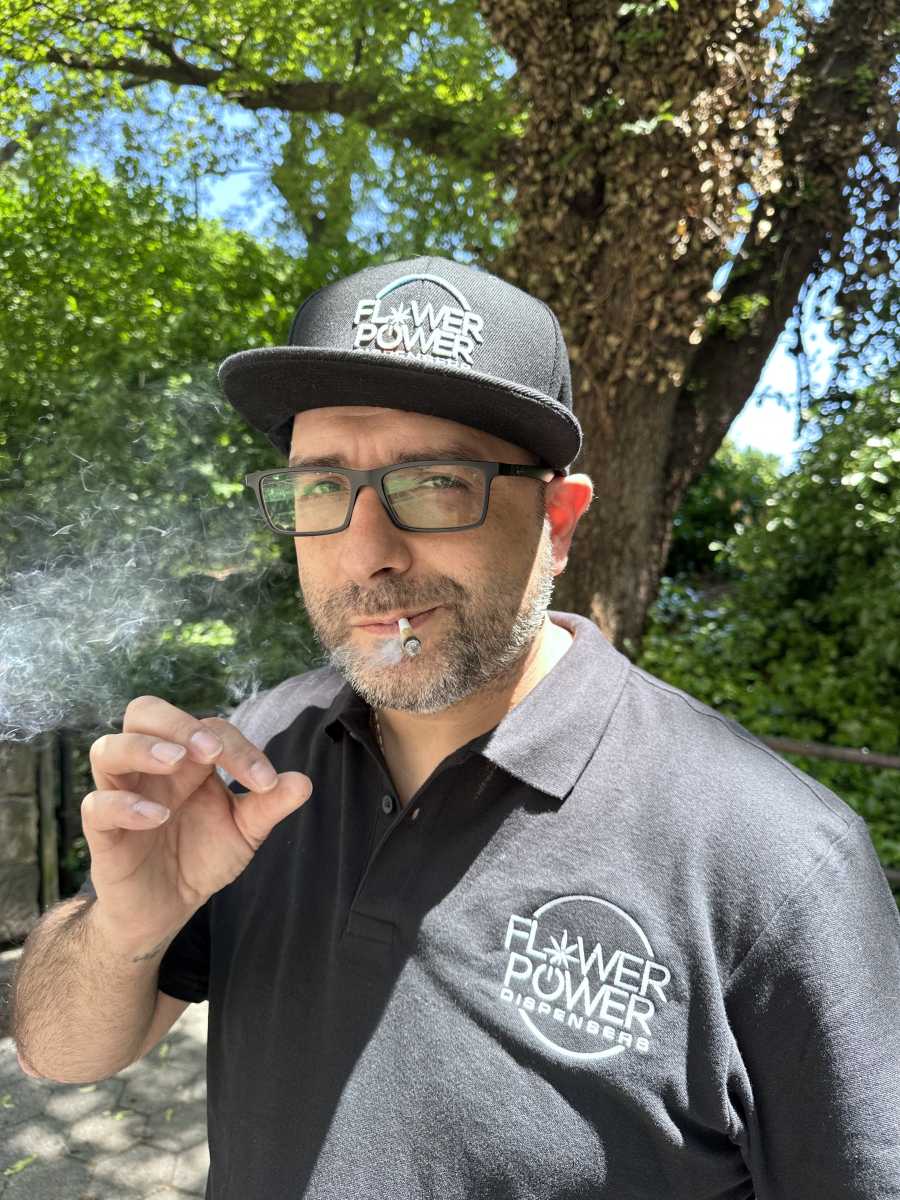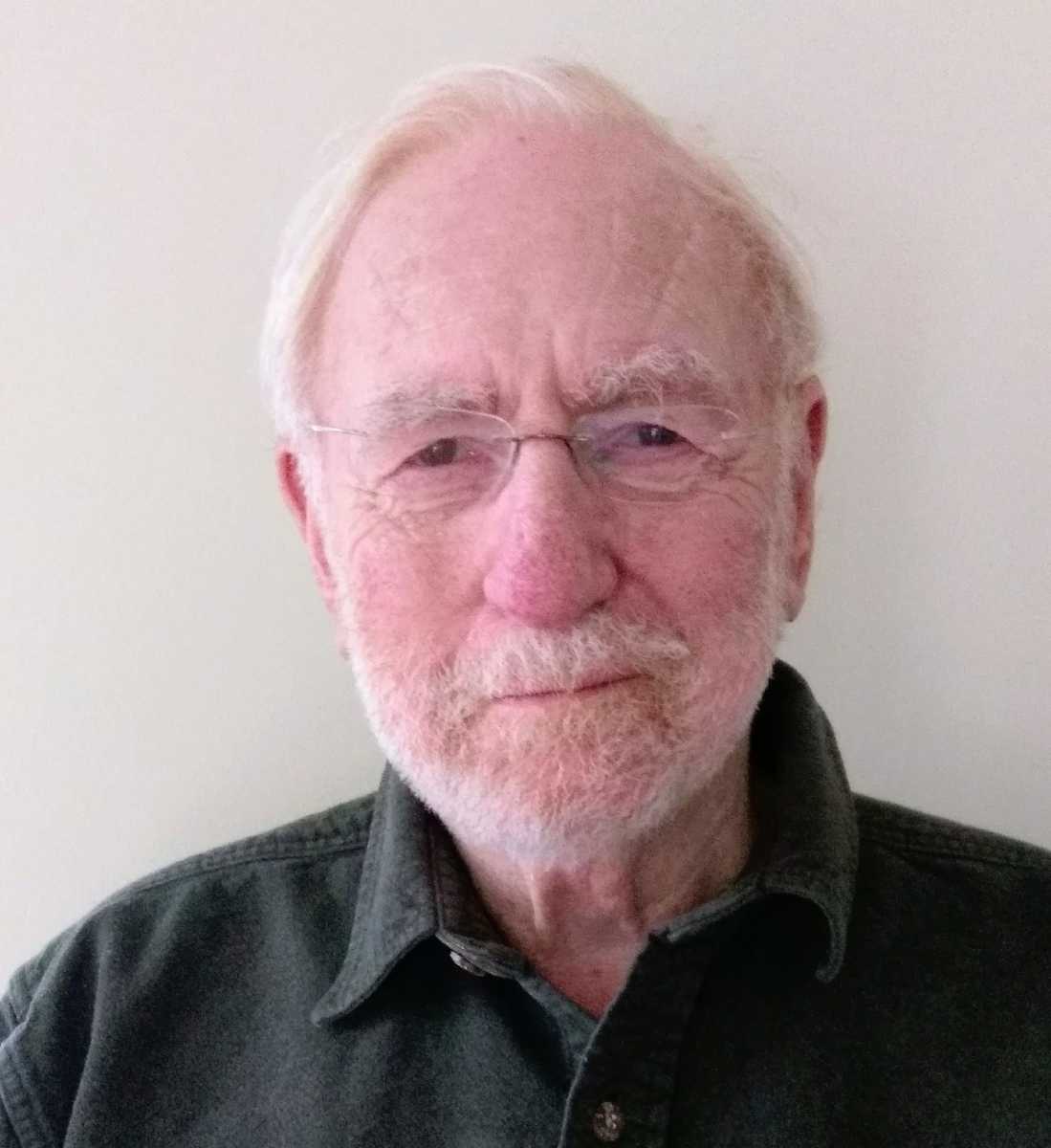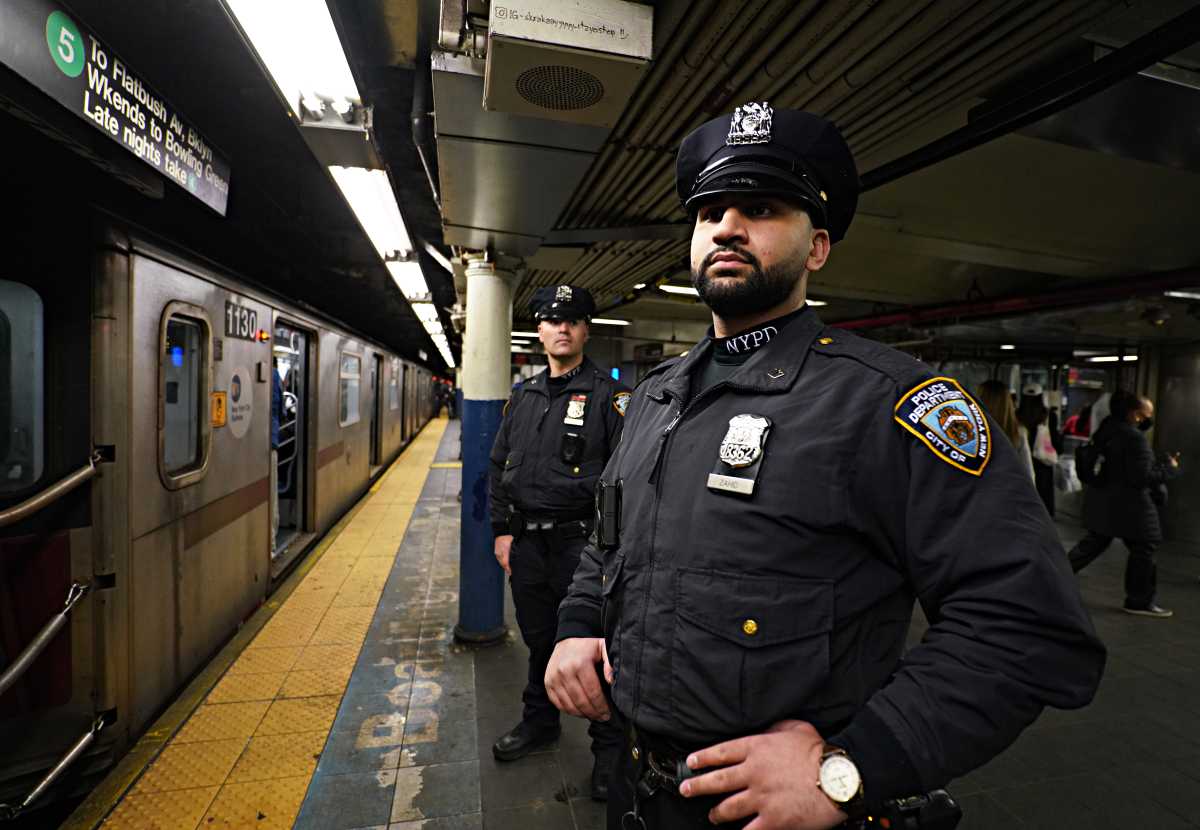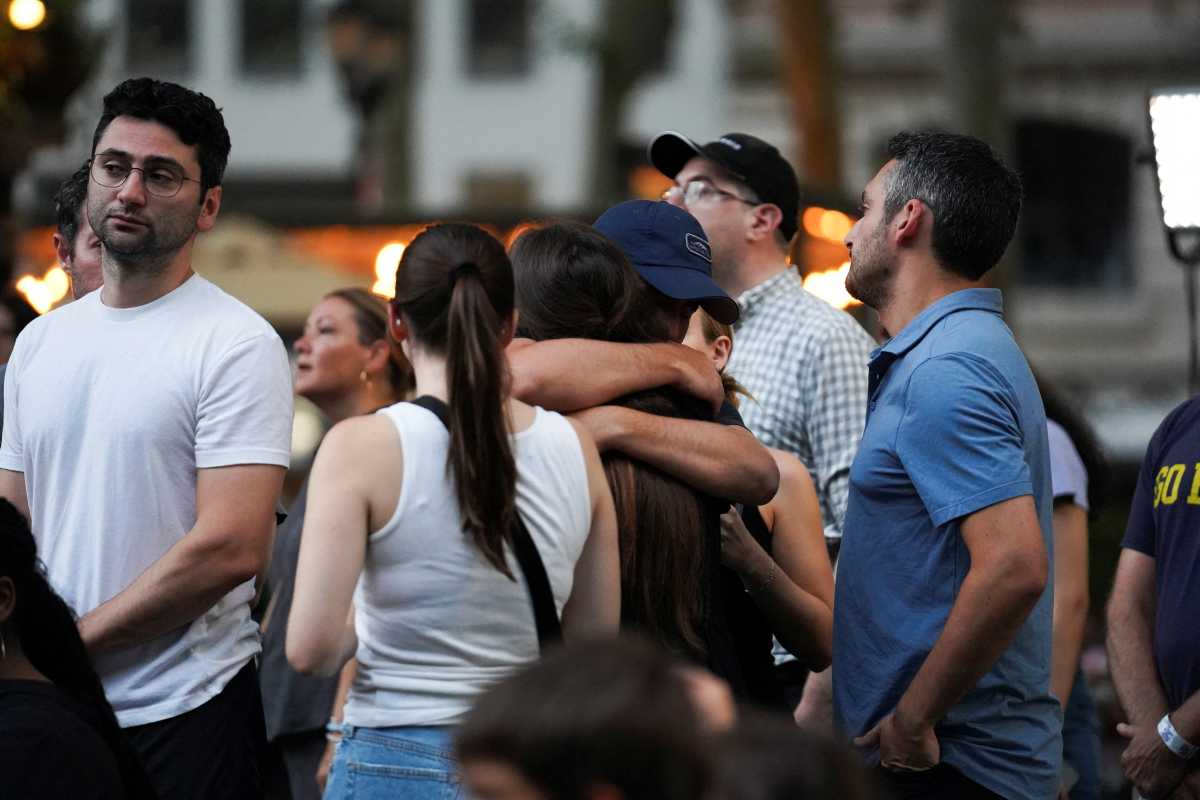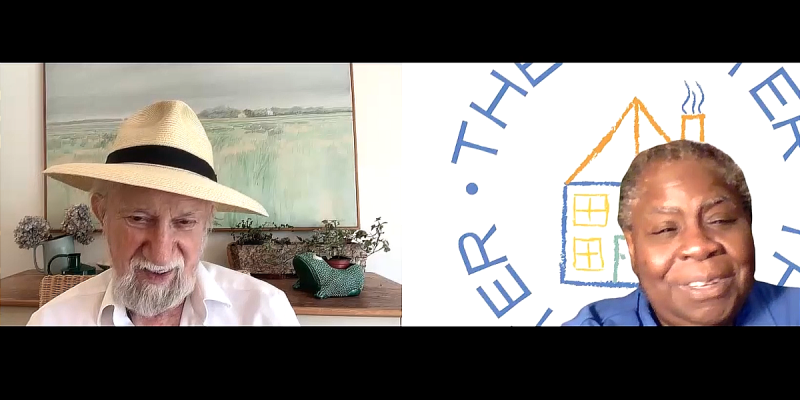Daylight Savings 2018 is coming to an end soon, which means Americans should plan on getting one more hour of sleep. And while it’s easy to embrace that additional snooze time in the dark and cozy midst of fall, it’s all too easy to forget the annoyance of losing an hour in the spring.
There is indeed a reason for the circadian rhythm madness, but not everyone agrees it’s a good one.
This November weekend, people across the United States should plan to turn their clocks back one hour. We’ll have details on the Daylight Savings 2018 “fall back” night, but first, a few basics to know about daylight savings.
Why do we turn back clocks at the end of Daylight Savings Time?
Despite what many of us learned in school, Daylight Savings Time isn’t meant to benefit just farmers. It’s apparently supposed to be a good thing for all of us? Good to know. According to the New York Times, the idea of daylight savings is to “move an hour of sunlight from the early morning, when many would sleep through it, to the evening, when you could most likely do more with the light.” But not everyone is convinced of the benefit of changing our wake and sleep patterns twice a year — once in March and again each November.

“For most people, an extra hour of daylight in the evening after work or after school is much more usable than the hour of daylight in the morning,” David Prerau, the author of “Seize the Daylight,” told the Times.
Will Daylight Savings soon be history in the U.S.?
Critics of Daylight Savings Time point to the disruption it causes in people’s natural circadian rhythms. According to the National Sleep Foundation, a circadian rhythm is akin to a 24-hour internal clock that is running in the background of your brain, causing you to cycle between sleepiness and alertness at regular intervals. It’s also known as your sleep/wake cycle.
Critics blame a twice-yearly noticeable bump in traffic fatalities, workplace injuries, and heart attacks to the alterations of sensitive internal rhythms and schedules caused by Daylight Savings Time. As a result, opponents are toying with somewhat of a war on Daylight Savings. Change.org has seen several petitions to end DST. The Standard Time movement also says DST causes more harm than good, and the #LockTheClock movement suggests people with anti-DST leanings contact their state and local legislators.
When do we turn our clocks back for Daylight Savings 2018?
Daylight Saving 2018 began in New York (Eastern Time Zone) at 2 a.m. on March 11, 2018, and wraps up on Sunday, Nov. 4, 2018 at 2 a.m. That means people should plan ahead and expect to gain one extra hour of sleep on Sunday, Nov. 4, 2018, as their clocks (that includes phones) will “hit” 2 a.m. twice. iPhones and Androids will do it automatically, but anyone who still enjoys a good old-fashioned wind up clock or watch should manually set them back before going to bed on Saturday, Nov. 3, 2018.
Enjoy that extra hour of sleep — or partying —while it lasts.



